Have scientists discovered an effective way to prevent E. coli infections? According to a recent study by Kansas State University, a new commercial vaccine for cattle can reduce levels of E. coli by more than 50 percent.
The findings appear in a recent online version of the journal Vaccine. While the effectiveness of cattle immunizations to prevent E. coli has been established before -- a 2010 article in Vaccine came to the same conclusion -- this most recent study is significant because of the ways it mimics conditions in a commercial feedlot.
David Renter is an associate professor of epidemiology and the principal investigator on the project. In a release, Renter explains that the study "used commercial products in the way that any cattle producer could use them."
Over a period of 85 days in summer, Renter and his team studied more than 17,000 cattle. They traced the effectiveness of two different products, a vaccine and a low-dose direct-fed microbial. During that period, the cattle population was expected to have a high level of E. coli O157:H7. It should be noted that cattle are not affected by the bacteria, but it can cause severe gastrointestinal issues with potentially fatal consequences in humans.
So why the focus on cows for reducing E. coli risks, especially when avoiding cross-contamination with raw meat and washing hands and surfaces is also effective? The Center for Disease Control has found that cows play a large role in outbreaks. Nearly a third of all known E. coli infections between 1998 and 2002 were traced to beef products, with 35 percent from unknown origins.
Although the label on the vaccine in Renter's study suggests three doses, his team found that two doses significantly reduced levels of E. coli:
"Showing that level of efficacy with two doses is really important because a shift to two doses from three could significantly cut costs for the beef industry," Renter said. "In terms of logistics, it can be difficult for commercial feedlot production systems to vaccinate animals three times. Both of these benefits help when considering how the vaccine can be adopted and implemented in the industry."
Renter also notes that the vaccine could be even more effective with a higher dose, but regardless, he stresses that the vaccine works and "is a tool that could be adopted in the industry."
In 2010, Minnesota-based veterinary vaccine company Epitopix released a different vaccine that aims to prevent cattle from carrying E. coli. Pharmaceutical giant Pfizer later came on board to help produce it.
